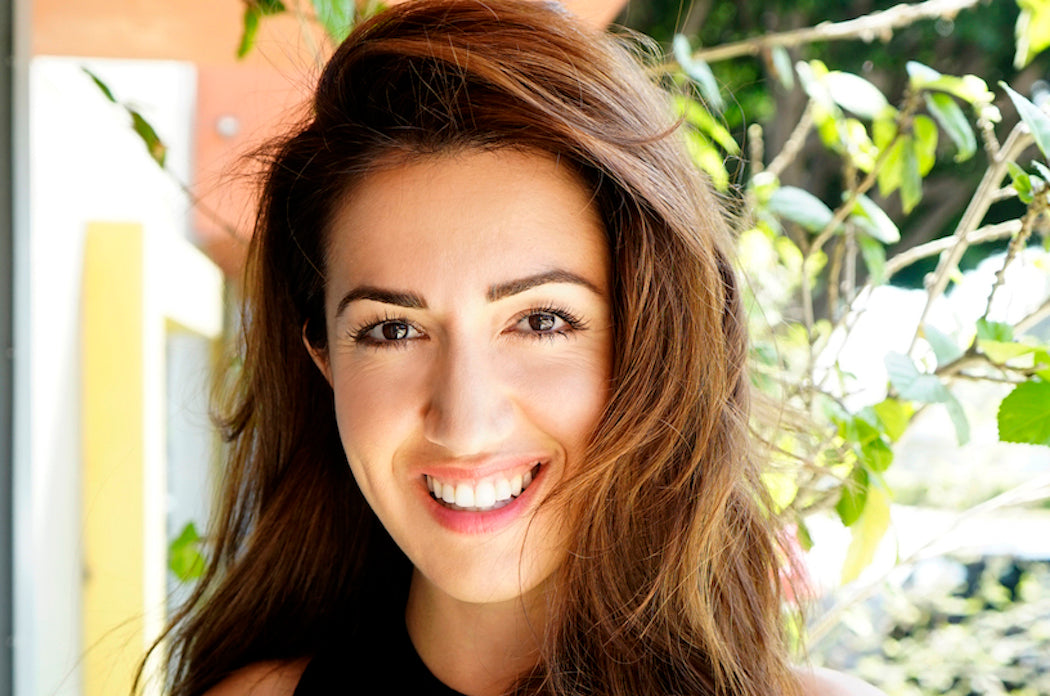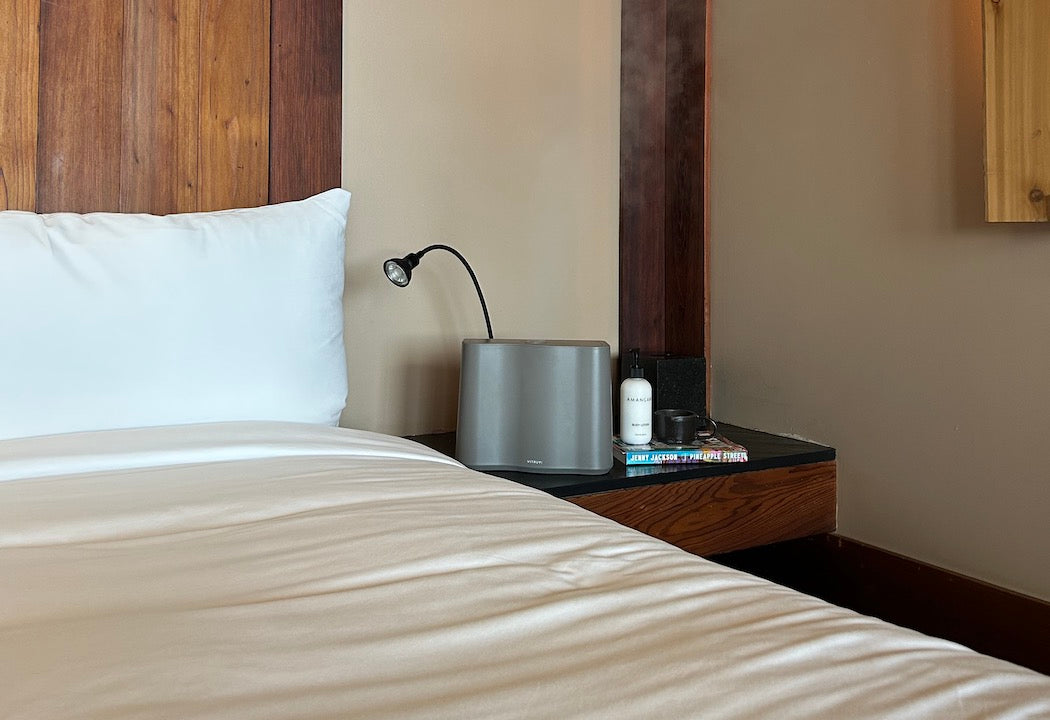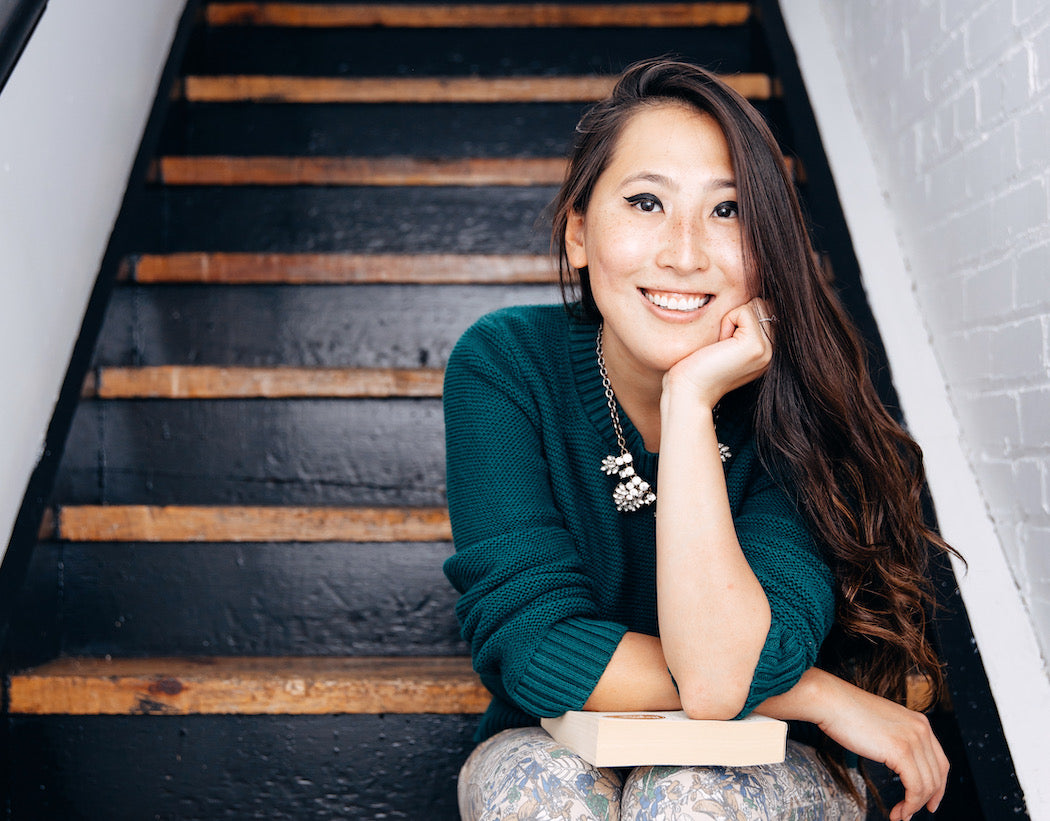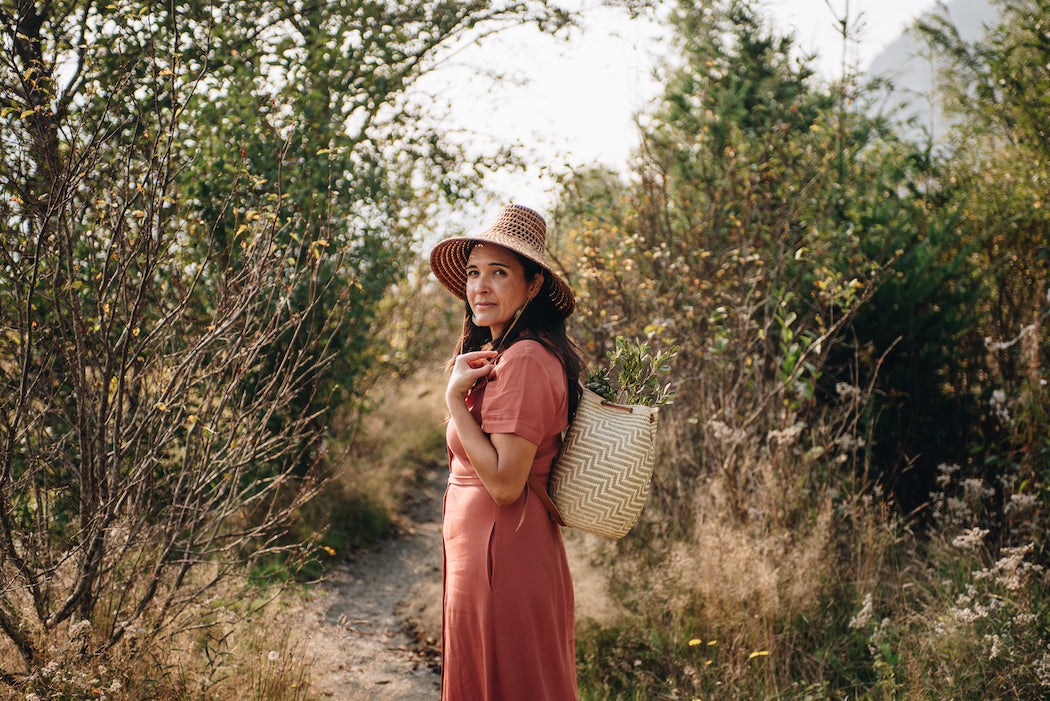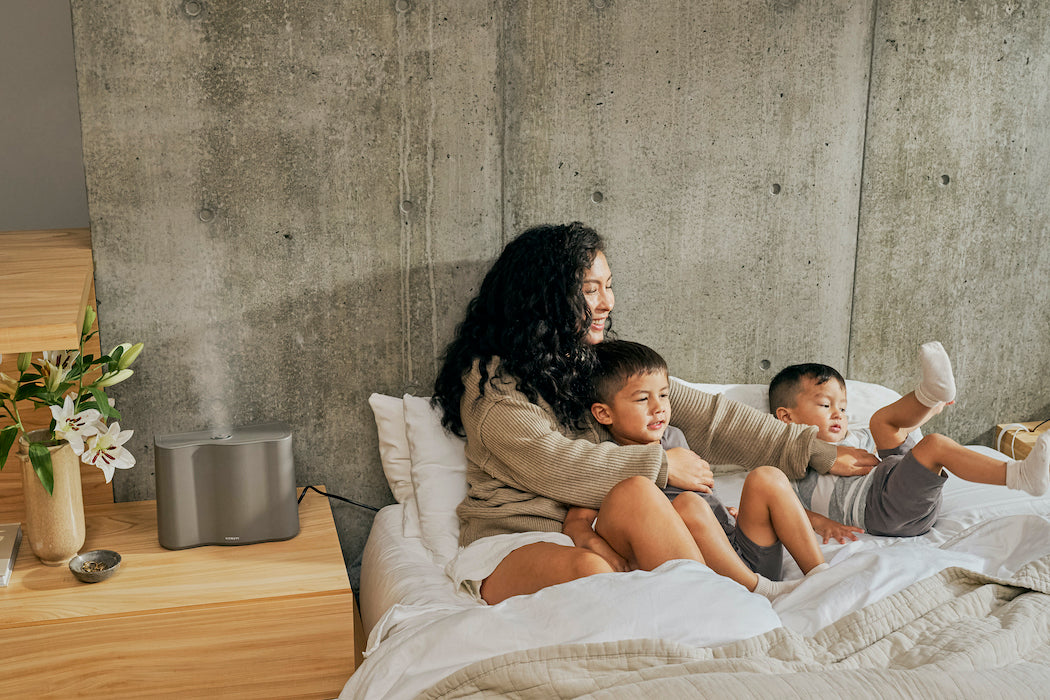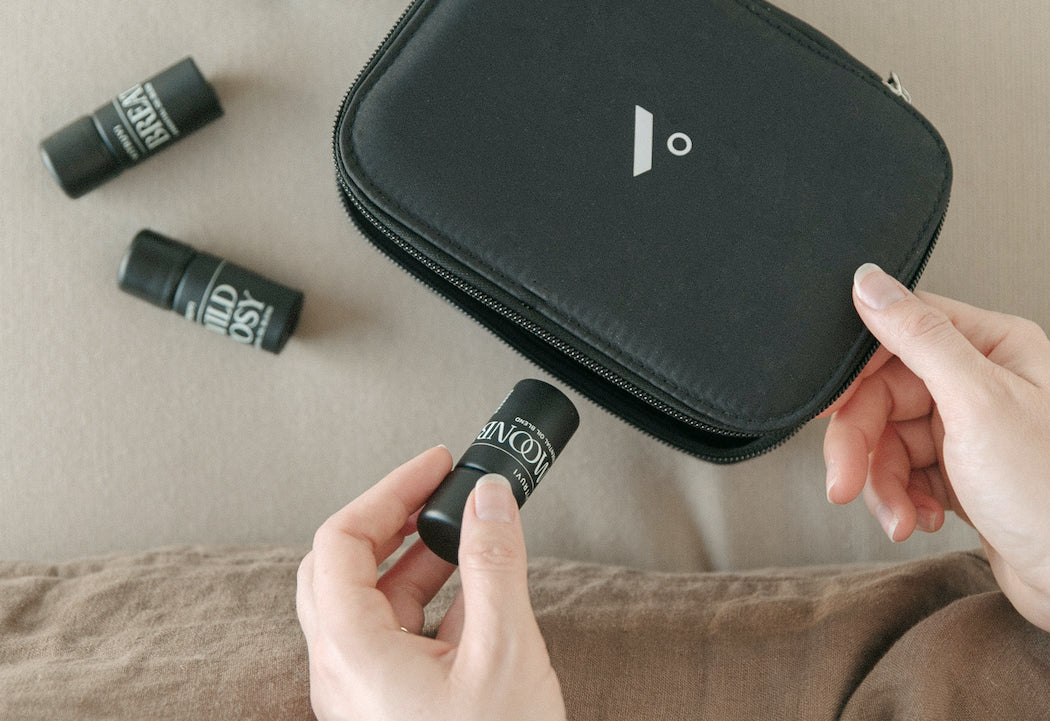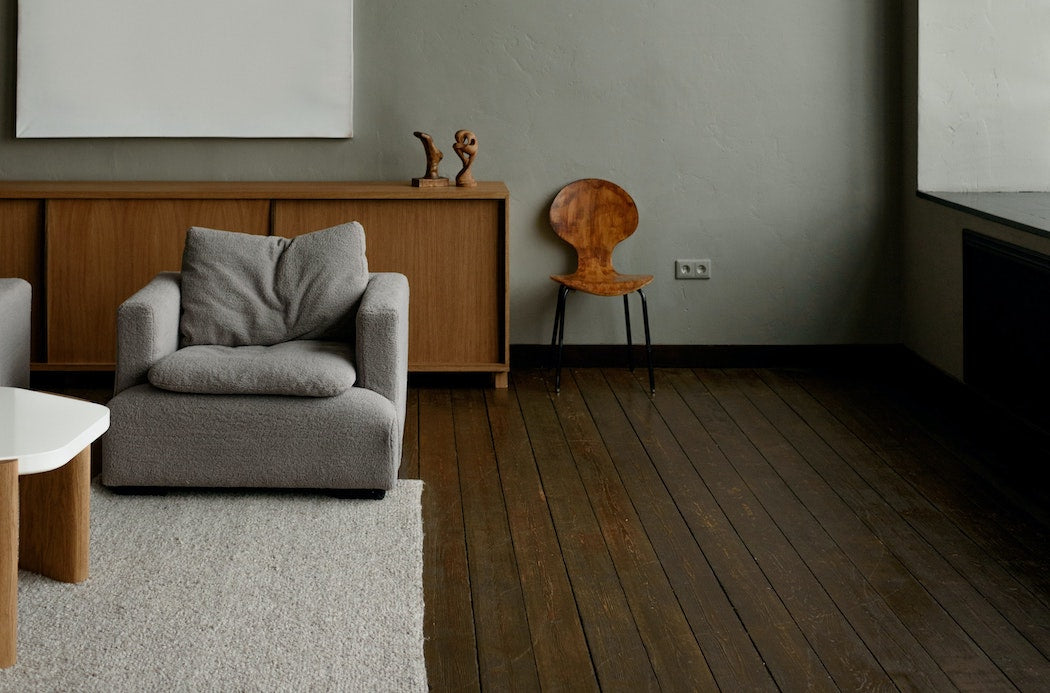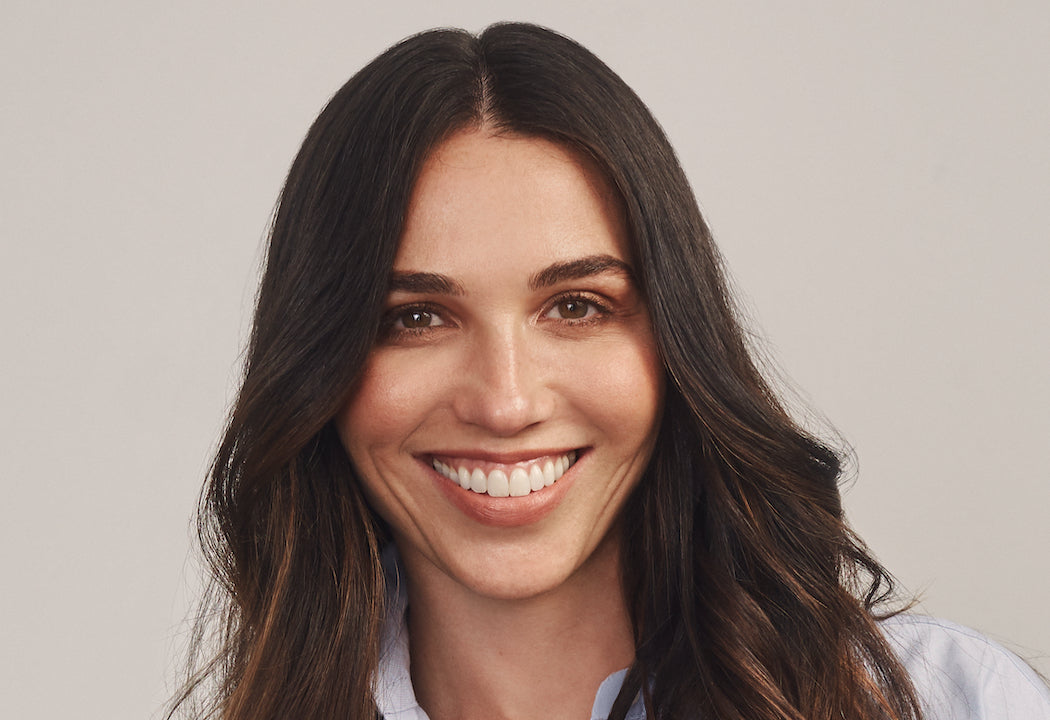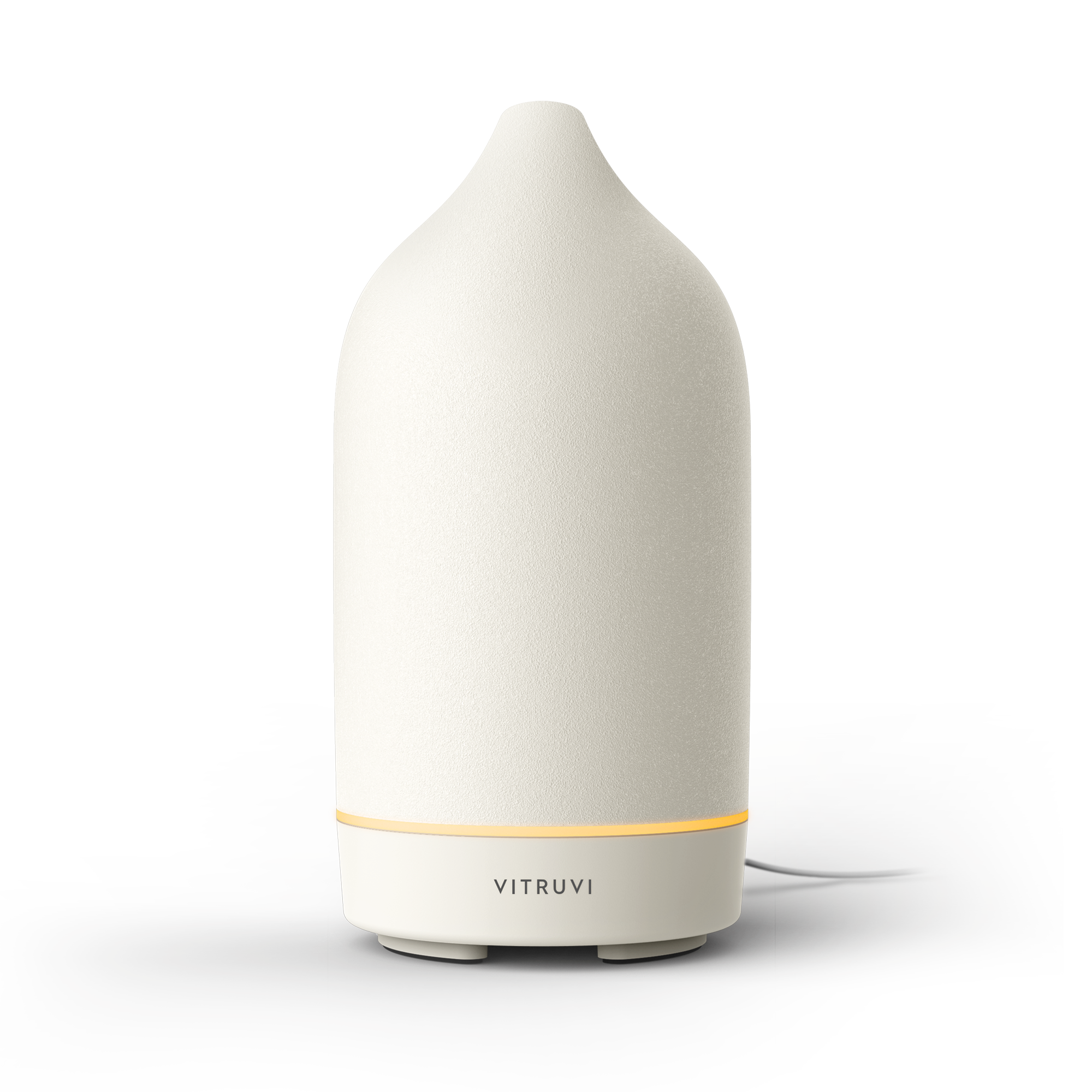In the world of industry disruption, we’ve seen it all: luggage; eyeglasses; toothbrushes. We’re beautifying our lives, intent on finding design-forward products that add a little luxury to the everyday. Really, it was only a matter of time before someone did this with toilet paper. And that someone is Samira Far.
After selling her nail salon business Bellacures in 2017, she was looking for her next venture: a new consumer problem to solve. She soon realized that no one was talking about toilet paper—not only what it’s made of (trees from forests that take decades to regrow), but what it comes packaged in (plastic that is equal parts ugly and bad for the environment). From there, she set out to find a solution: No.2.
“Initially when I got into toilet paper, I was thinking that it’s a really old industry; all the brands are very dated, so there has to be something there. Even if it was just branding that was the only difference, I see that as an opportunity. But the obvious one is that it’s wrapped in plastic and there has to be a way to take it out of the plastic,” Far says via video from her home in Los Angeles. “I also had no idea how many trees are cut just for the production of toilet paper. And then it’s just being flushed down the toilet.”
With No.2, Far solves all of those problems. First of all, her toilet paper is made from 100 per cent bamboo (which is a grass) instead of trees. It’s an important difference; in fact, a recent report by the Natural Resources Defense Council outlines how big-name American toilet paper producers are depleting Canada’s boreal forests. Bamboo also grows much quicker than trees, Far explains, only taking a few years instead of a few decades. “You’re not just cutting down forests and waiting 50 years for it to grow back,” she says, adding that the soil does not need to be treated to regrow bamboo the way that it does with trees. And on the packaging side, No.2 rolls are shipped in recyclable cardboard boxes and are individually wrapped in recycled paper—which itself comes in various Instagram-worthy prints such as cheetah, palm tree, and floral.

“I think I’ve done a good job on the branding: making it fun, making it funny,” Far says, mentioning a video on No.2’s website that shows the superior quality of its product—namely, that it doesn’t leave any “butt crumble.” (Indeed, No.2 toilet paper doesn’t produce any excess fuzz.) “I think there’s a lot of humour to it, bringing humour and function together,” she continues. “And also wrapping it in fun designs brings a style element to the bathroom.” With No.2, suddenly toilet paper gets its moment in the spotlight, meant to be displayed in plain sight instead of hidden in a cupboard.
When the coronavirus pandemic shut down the world, people started bulk-buying a lot of things—including, rather curiously, toilet paper. It proved to be a very busy time for No.2 (the brand sold out on Amazon in March: a 5,200 per cent jump). “It was really tricky,” Far admits, as it took her company a few months to get the product back in stock. And though things have levelled off now, she’s ready to keep sharing her mission of providing a more eco-friendly flush.

